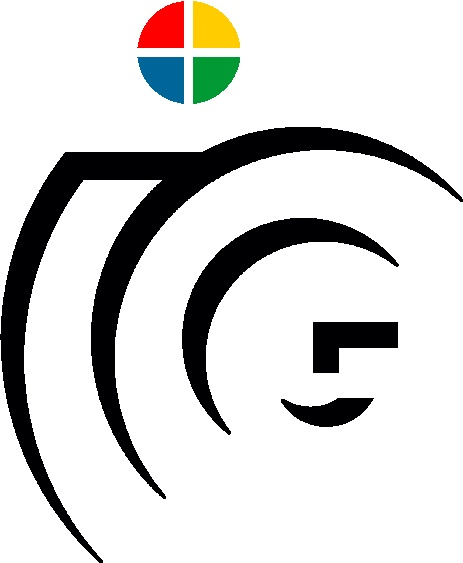The 3D-Pitoti Dataset
A Dataset for high-resolution 3D Surface Segmentation*

* The research leading to these results has been carried out as part of the project 3D-Pitoti (3d-pitoti.eu), which was funded from the European Community's Seventh Framework Programme (FP7/2007-2013) under grant agreement no. 600545; 2013-2016.
Ancient rock engravings (so called petroglyphs) represent one of the earliest surviving artifacts describing life of our ancestors. Recently, modern 3D scanning techniques found their application in the domain of rock art documentation by providing high-resolution reconstructions of rock surfaces. Reconstruction results demonstrate the strengths of novel 3D techniques and have the potential to replace the traditional (manual) documentation techniques of archaeologists.
An important analysis task in rock art documentation is the segmentation of petroglyphs. To foster automation of this tedious step, we present a high-resolution 3D surface dataset of natural rock surfaces which exhibit different petroglyphs together with accurate expert ground-truth annotations. To our knowledge, this dataset is the first public 3D surface dataset which allows for surface segmentation at sub-millimeter scale. We conducted experiments with state-of-the-art methods to generate a baseline for the dataset and verified that the size and variability of the data is sufficient to successfully adopt even recent data-hungry Convolutional Neural Networks (CNNs). Furthermore, we experimentally demonstrated that the provided geometric information is key to successful automatic segmentation and strongly outperforms color-based segmentation. The introduced dataset represents a novel benchmark for 3D surface segmentation methods in general and is intended to foster comparability among different approaches in future.
Download
- Dataset (˜150GB) (Link to FHSTP Sharepoint)
- Matlab evaluation scripts: zip (˜4KB) / github repository
- Technical Report (˜8MB) (PDF) which describes the dataset and baseline experiments for semantic segmentation
- Slides (˜3MB) (PDF) from the presentation at CBMI 2017 in Florence
References
If you use this dataset, please cite our papers:
CBMI, 2017
PetroSurf3D - A high-resolution 3D Dataset of Rock Art for Surface Segmentation
CoRR abs/1610.01944, 2016
Interactive 3D Segmentation of Rock-Art by Enhanced Depth Maps and Gradient Preserving Regularization
ACM Journal on Computing and Cultural Heritage 9 (4): 19:1-19:30, 2016
Interactive Segmentation of Rock-Art in High-Resolution 3D Reconstructions
In Proc. Digital Heritage Conference (DH), 2015
Best paper price

- Team
- Research
- Open Student Projects
- Publications
- Completed Theses
- Downloads
